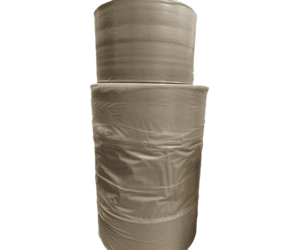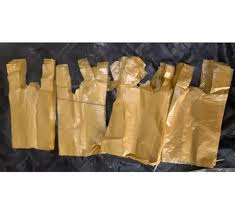Recycled Bags and Covers
Recycled bags and covers are eco-friendly packaging solutions made from post-consumer or post-industrial plastic waste. These products help reduce environmental impact by minimizing landfill waste and conserving natural resources. Utilizing recycled materials in packaging supports sustainability goals and appeals to environmentally conscious consumers.
Key Features
- Eco-Friendly: Manufactured from recycled plastics, reducing the need for virgin materials.
- Durable and Reliable: Maintains strength and functionality comparable to non-recycled counterparts.
- Versatile Applications: Suitable for various industries including retail, agriculture, and manufacturing.
- Customizable: Available in different sizes, thicknesses, and colors to meet specific requirements.
- Cost-Effective: Often more affordable due to the use of recycled materials.
Applications
- Retail Packaging: Shopping bags, garment covers, and promotional packaging.
- Agricultural Use: Mulch films, crop covers, and produce bags.
- Industrial Packaging: Liners, protective covers, and shipping bags.
- Waste Management: Trash bags and recycling bin liners.
Benefits
- Environmental Conservation: Reduces plastic waste and conserves resources.
- Supports Recycling Industry: Encourages the collection and reuse of plastic materials.
- Enhances Brand Image: Demonstrates commitment to sustainability and environmental responsibility.
- Compliance with Regulations: Meets requirements for recycled content in packaging materials.
Conclusion
Recycled bags and covers offer a sustainable and practical solution for various packaging needs. By choosing products made from recycled materials, businesses can reduce their environmental footprint, comply with regulations, and appeal to eco-conscious consumers.


Ordering Requirements
To ensure the recycled bags and covers meet your specific needs, please provide the following details when placing an order:
- Size (in inches/mm)
- Micron (Thickness)(minimum starts from 50 as per industry compliance)
- Transparency or Color
- Quantity
- Requirements like UV,Anti-static and others